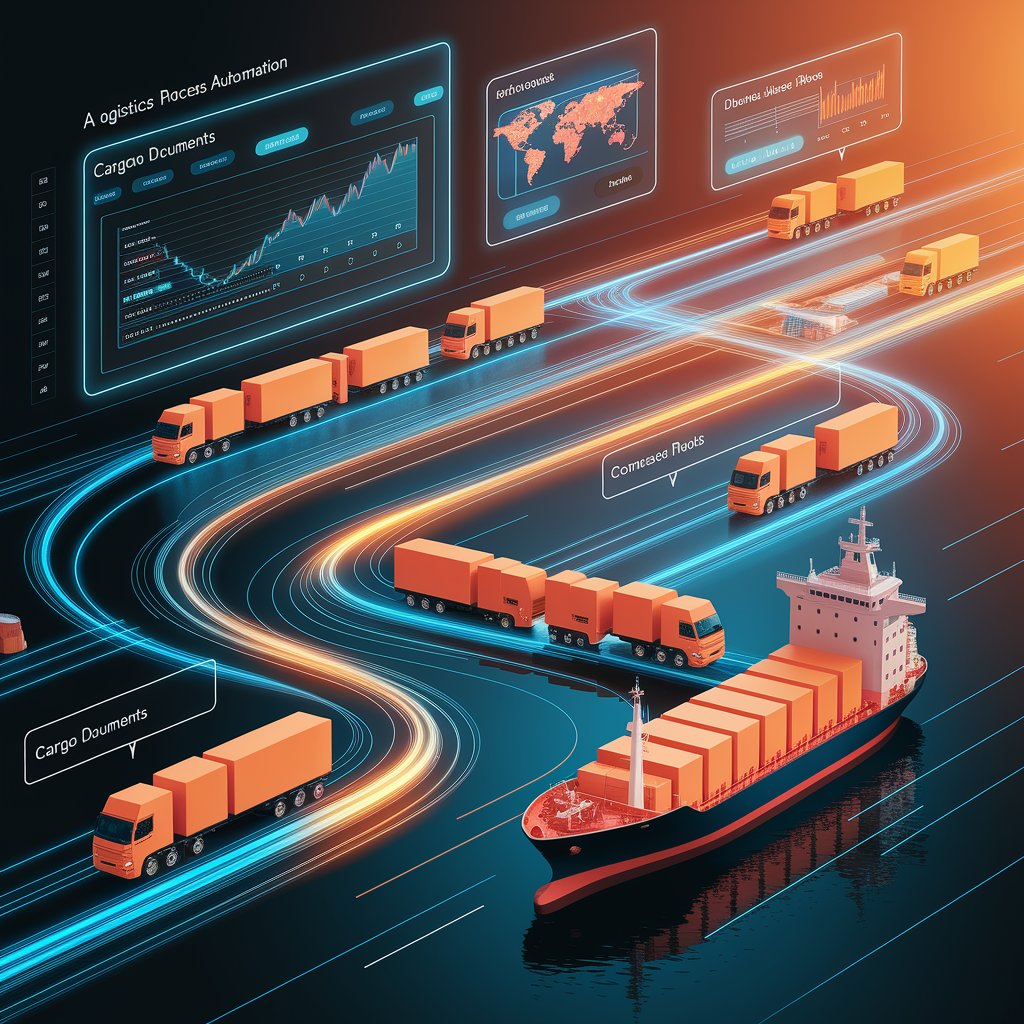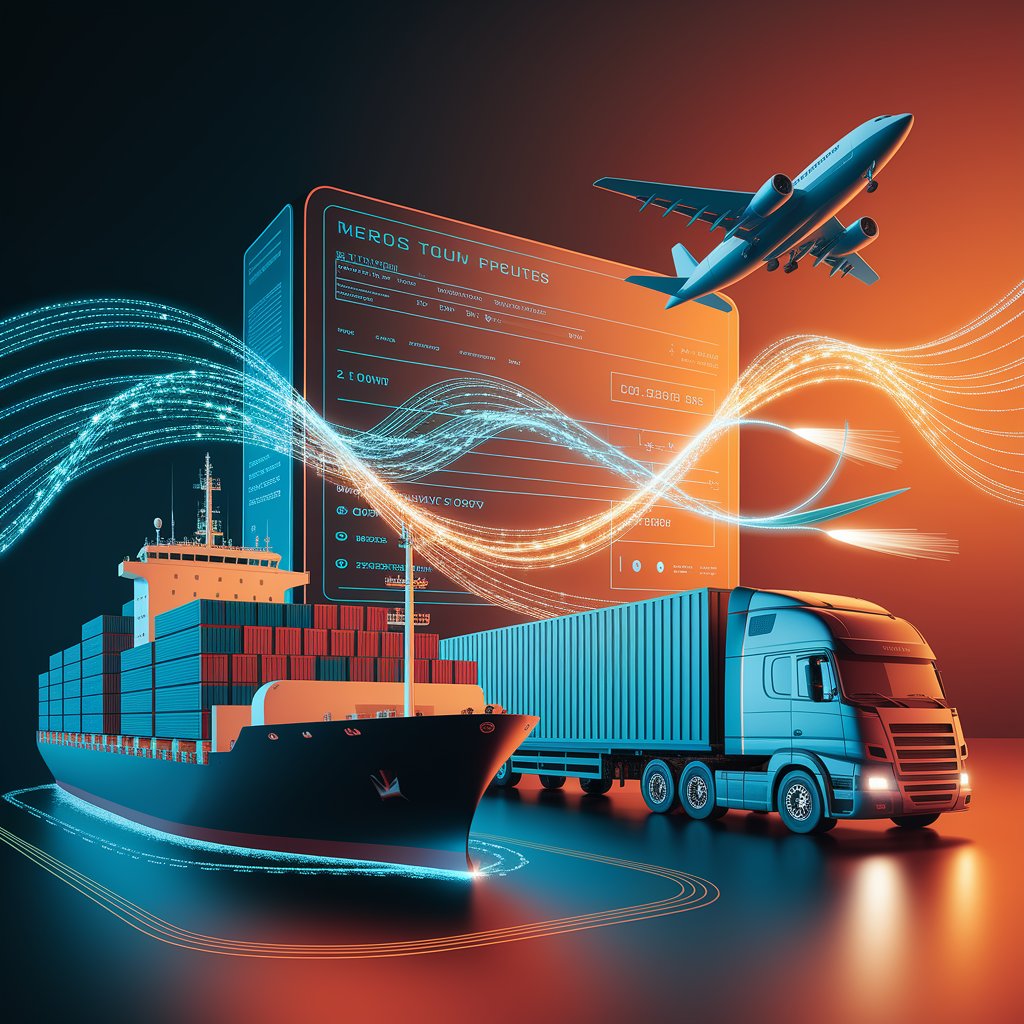Logistics Process Automation: Driving Efficiency in Modern Supply Chains

Introduction
This is where logistics process automation makes a difference. By automating repetitive tasks and integrating digital workflows, logistics providers can streamline operations, reduce errors, and focus resources on value-added activities.
What Is Logistics Process Automation?
Logistics process automation is the application of technology, AI, and digital systems to automate repetitive and manual logistics tasks. From shipment scheduling to customs clearance, automation reduces human intervention, ensuring faster and more accurate operations.
Instead of siloed processes, companies create end-to-end automated workflows that connect transportation, warehousing, finance, and customer service.

Key Features of Logistics Process Automation
- Automated Documentation: Bills of lading, customs forms, and invoices generated instantly.
- Real-Time Tracking: Automated updates shared with customers and stakeholders.
- Workflow Management: Tasks triggered automatically across teams and systems.
- System Integration: TMS, WMS, and ERP connected into one ecosystem.
- Exception Handling: Automated alerts for delays, errors, or disruptions.
Benefits for Logistics Providers
- Efficiency Gains: Cut down manual work and processing time.
- Cost Savings: Reduce labor costs and minimize errors.
- Scalability: Handle more shipments without increasing staff.
- Customer Satisfaction: Faster responses and greater transparency.
- Compliance: Automate checks to meet global trade regulations.

Real-World Applications
- Freight Forwarders: Automate quote-to-booking workflows.
- Carriers: Streamline fleet scheduling and dispatch.
- 3PL Providers: Offer automated visibility and reporting to clients.
- E-commerce Logistics: Automate order fulfillment and returns processing.
The Future of Logistics Automation
The future of logistics process automation lies in combining AI, IoT, and predictive analytics. Automation will not only streamline current tasks but also predict risks, optimize routes, and dynamically allocate resources. Over time, logistics automation will evolve into self-optimizing supply chains capable of adapting instantly to market changes.

Conclusion
Logistics process automation is redefining supply chain efficiency by eliminating manual bottlenecks and empowering companies to operate faster, smarter, and at scale. From documentation to tracking and invoicing, automation ensures accuracy, transparency, and customer trust. For logistics providers, embracing process automation is no longer optional—it is the foundation of a competitive and future-ready supply chain.
